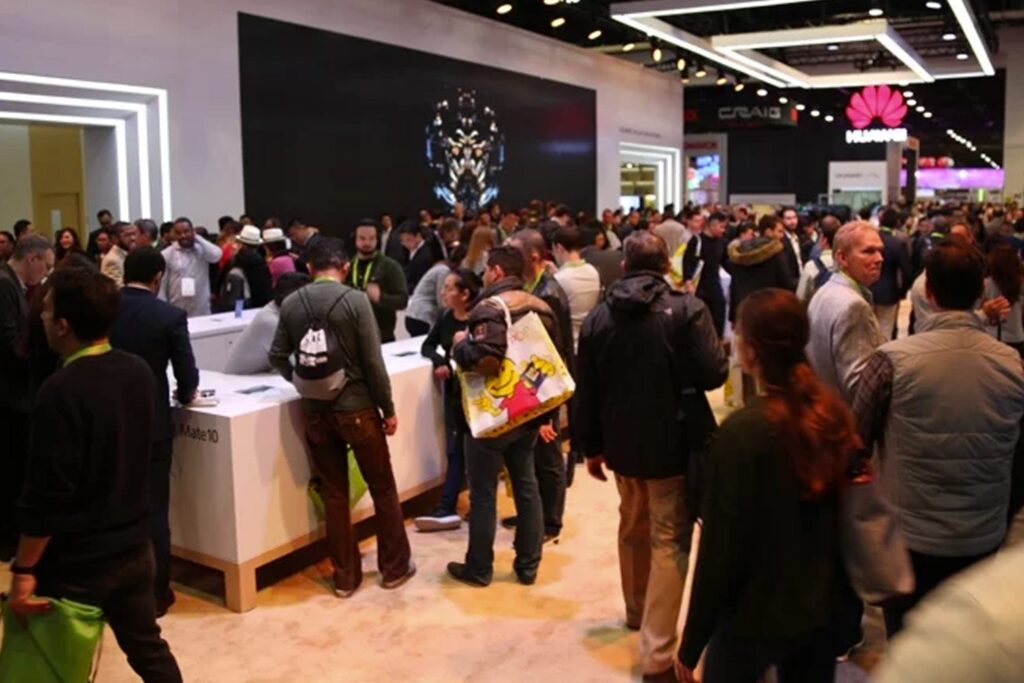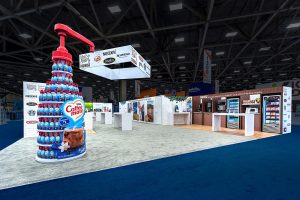You’ve been tasked with executing a trade show for your company outside of the United States. While at first this may seem like a plum assignment with high level executive visibility and several international trips on the horizon, it isn’t as simple as it seems. Reality quickly sets in and you realize you are likely spending in the neighborhood of $100K on a project thousands of miles away – with vendors that you’ve never worked with and probably haven’t met! Before you go too far, recognize that many companies who exhibit at international trade shows make IMPLEMENATION MISTAKES which fall into three main areas: Planning, Logistics and Procurement.
In this 4-part series: Common Mistakes Made by International Exhibitors, we are identifying these mistakes and suggesting tactics to avoid them in the future. The three earlier topics can be found at: AWARENESS, PREPARATION and COMMUNICATION.
PLANNING MISTAKES
Even the best strategies fail due to a lack of proper planning. This is especially the case with exhibiting outside of the United States when circumstances, lead times, established ways, and approaches can be very different from what you know. Often marketers fail to plan properly, assume that things will be very similar to how trade shows and exhibitions happen in the U.S., and ignore intangible cultural differences.
The old adage, “You don’t know what you don’t know,” clearly applies when you are embarking on your first international exhibit project. It is wise in these circumstances to do your homework well in advance in order to understand regional and local customs and regulations. You should draw upon the experience and expertise of colleagues (or agencies) who have significant experience outside the U.S.
LOGISTICS MISTAKES
A common mistake international first-timers make is rooted in the incorrect assumption that it would be too complicated, or that they cannot get the quality they expect without building in the U.S.
As a result, they assume that they should ship their U.S. booth to any international shows. Shipping a booth from country to country not only produces unnecessary wear and tear on the booth property, but may dramatically increase exhibiting cost with overseas transportation. You also face the potential of damages, delays in customs, and electrical challenges, to name just a few.
PROCUREMENT MISTAKES
These days, it is common for companies to have formal procurement departments responsible for securing goods and services from new partners. However, these teams may not be familiar with the intricacies of trade show exhibiting in the U.S., let alone in other countries. In a typical RFP process, each bidder may be quoting different designs with a wide variation in materials, quality, and finishes. And so, it is rare for true “apples to apples” comparisons in the bidding process.
Many times I hear the stories of disappointment resulting from a procurement-driven process – when quality was not up to expectation, mistakes were made, or there were hidden charges and cost overruns– all because the overseas partners were not properly vetted and managed. There must be knowledgeable, international ‘trade show’ people involved in the procurement process. And you must thoroughly vet any potential partners and seek referrals from colleagues you know and trust.
Successful exhibiting outside the U.S. can be exciting and professionally rewarding. Recognize that you are outside of your home country and culture which means you need to do your homework and allow ample time for research and planning.
This is the final post in a four-part series covering the common mistakes companies make when exhibiting internationally. For more information on exhibiting internationally, visit our International page.

Jeff Hannah
Vice President of Strategy
As a strategist, teacher, and writer at heart, Jeff has a penchant for sharing his insights with our team, clients, and the industry as a whole through blogging, podcasting, and speaking. He is a forward-thinker and is constantly charting a course to navigate the waters of change. He is also our resident student of the world, a veritable endless wealth of knowledge about cross-cultural interactions, international business, and travel. An award-winning designer and serial entrepreneur, he founded companies in several countries, gaining powerful insights throughout his career working with global organizations.
As VP of Strategy, Jeff is focused on developing visions and strategic plans to expand ECI’s current offerings, develop new ones, and refine our organizational infrastructure, culture, and processes. He also helps clients develop a comprehensive, integrated, and strategic approach to their programs. Jeff is the executive sponsor of ECI University, where he develops content and teaches our growing global team. He is also a recognized expert in the global trade show industry, and is a faculty member of the CTSM (Certified Trade Show Marketer) Program.











